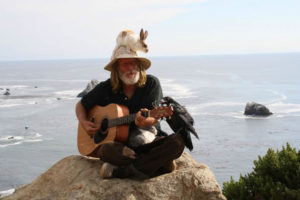The concept of a person’s gaze is an interesting subject to read about when thinking about the context of travel. “The Tourist Gaze” is the idea that a tourist will have a certain viewpoint of an object or landmark or what-have-you, and that the gaze is so much different compared to a local. From an anecdotal standpoint, the Washington monument and any other tourist attraction here feels a lot normal, and that from living in the district for over a year I have lost that tourist gaze for the things I saw once every 5 years or so.
Although, I would say that the monuments do not need any introduction to tourists since that is what they are here to see. However, each of the monuments does have introductions to them, right outside or right on them, showing the significance of the monument. These are for the tourist to pick up on and be given significance. Urry writes about these signs saying
“There are actual signs that indicate that some other object has remarkable properties even if visually it appears not to be so…”
, which hints at the idea of what exactly the tourist gaze is.
The gaze has to be incited by something that is distinctive to be gazed upon, but, does that apply to everything, and what if something catches you off guard and you gaze upon it because you don’t know what it is. Apart from that, Urry says that collective signs and activities that can distinguish itself from a mundane experience then the experience can hold much more importance.
My thoughts on this are that the concept of the gaze is important because it is what gives humans an appreciation for what they are looking at. The gaze can instill an experience that makes the place or view relevant. I might be going in circles by saying, “why does this happen”, and “can it happen without certain circumstances” (like when lacking a sign, signal, or if you get the gaze from something that isn’t the monument). Or whether the small things can also have a gaze to it from tourists. As someone that looks at the little things and does not take too many pictures when admiring a view, I’m more or less thinking about what makes the environment or the experience possible.
Urry also touches on this thought saying that the concept of landscape is “important for both history and art”, but also says that it’s not a simple question of the physical environment rather the creation of visual consumption and that the gaze has largely to be affected by pleasure and tourism. Just to state that the gaze may just have come from the idea of tourism.
But the most interesting part that comes from this reading is the table or chart on the last couple of pages that identifies the type of gaze, with the theme of the gaze. For instance, romantic, collective, spectatorial, environmental, and anthropological, which all have different gazes and contexts to them. So maybe, the question about what goes into the gaze is special because there is a definitive answer, but the context is what makes the experience so special.
 www.kickvick.com/77-powerful-photos/
www.kickvick.com/77-powerful-photos/